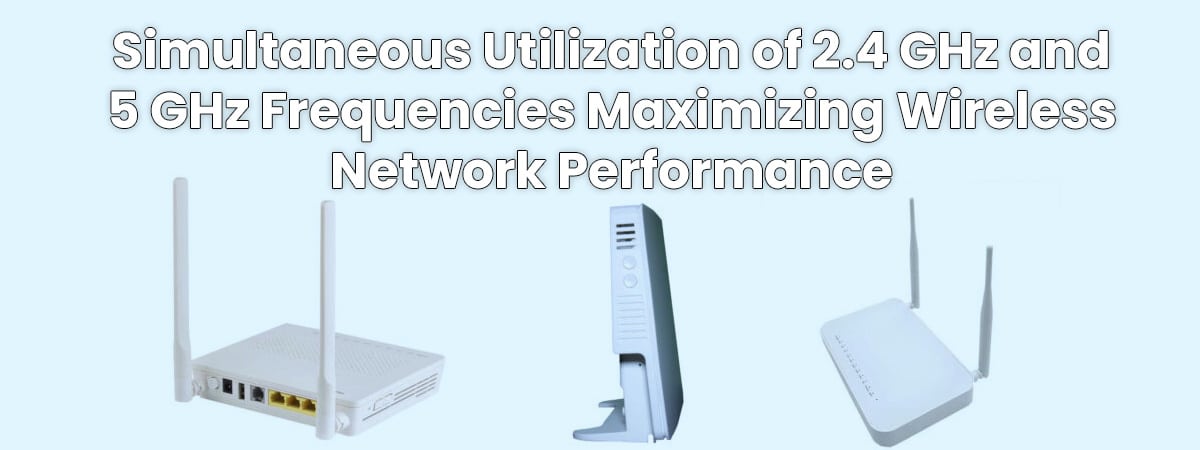Introduction:
The advancement of wireless technology has introduced multiple frequency bands for network communication, with the two most common options being 2.4 GHz and 5 GHz. In this article, we will explore the benefits and considerations of utilizing both frequencies simultaneously, highlighting the advantages of maximizing wireless network performance.
- Understanding the Distinction:
The 2.4 GHz and 5 GHz frequencies operate on different spectrums, each with unique characteristics. The 2.4 GHz band offers a larger coverage area and better penetration through walls and obstacles. On the other hand, the 5 GHz band provides higher data transfer rates, less interference, and increased channel capacity. - Enhanced Network Capacity:
Simultaneous utilization of both frequencies allows for increased network capacity. By providing separate channels for devices to connect, the 2.4 GHz bands can accommodate a larger number of devices with lower bandwidth requirements, such as IoT devices, smart home appliances, and legacy devices that only support the 2.4 GHz band. Meanwhile, the 5 GHz band can handle bandwidth-intensive applications, such as high-definition video streaming, online gaming, and file transfers, without interference from lower-priority devices. - Optimal Performance Allocation:
Assigning specific devices to the appropriate frequency band based on their requirements optimizes network performance. Bandwidth-demanding devices, like laptops, smartphones, and streaming devices, can be directed to the 5 GHz band, taking advantage of its higher data transfer rates. Simultaneously, devices that prioritize coverage range over speed, such as smart thermostats or wireless security cameras, can be connected to the 2.4 GHz band. - Mitigating Interference:
Utilizing both frequencies concurrently helps reduce interference. The 2.4 GHz band is crowded due to its popularity and the presence of other devices like microwaves, cordless phones, and Bluetooth devices. By moving capable devices to the less congested 5 GHz band, interference can be minimized, resulting in improved overall network performance. - Intelligent Network Management:
Modern routers and access points often employ intelligent network management techniques to dynamically allocate devices to the most suitable frequency band. Through techniques like band steering or load balancing, devices can be automatically guided to the appropriate band based on their capabilities and network conditions. This ensures optimal performance and a seamless user experience across the network. - Considerations for Legacy Devices:
While simultaneous usage of both frequencies offers significant advantages, it is important to consider legacy devices that only support the 2.4 GHz band. Ensuring compatibility and seamless connectivity for such devices may require careful network configuration, including separate SSIDs (Service Set Identifiers) or proper frequency selection based on device capabilities.
Conclusion:
Simultaneous utilization of the 2.4 GHz and 5 GHz frequencies presents a compelling solution for maximizing wireless network performance. Leveraging the advantages of each band allows for enhanced network capacity, optimal performance allocation, reduced interference, and intelligent network management. By understanding the distinct characteristics of both frequencies and implementing appropriate network configurations, professionals can create robust wireless networks that cater to the diverse needs of devices and deliver a seamless user experience.
